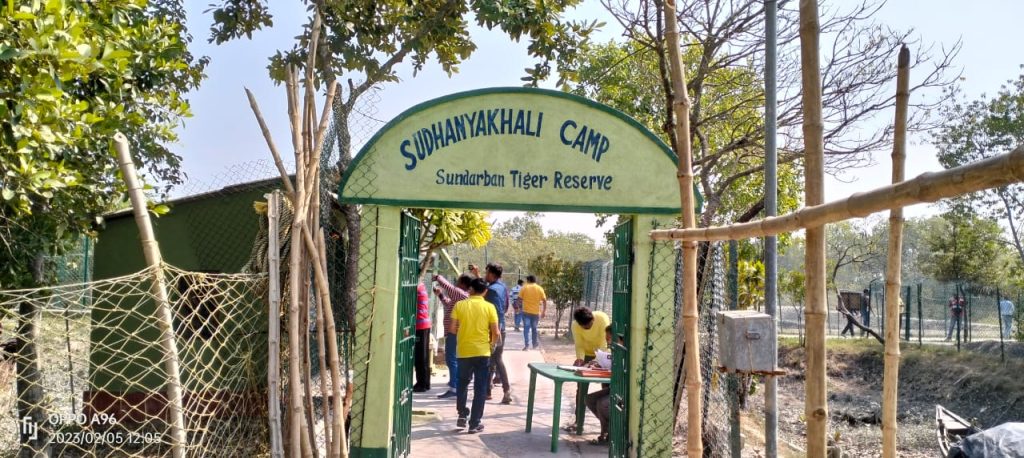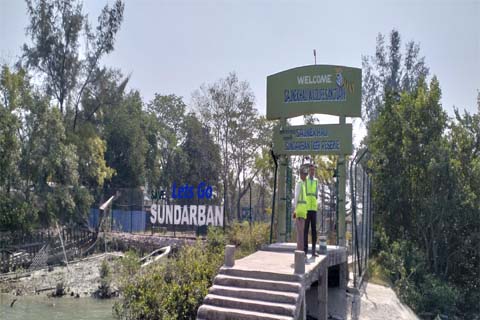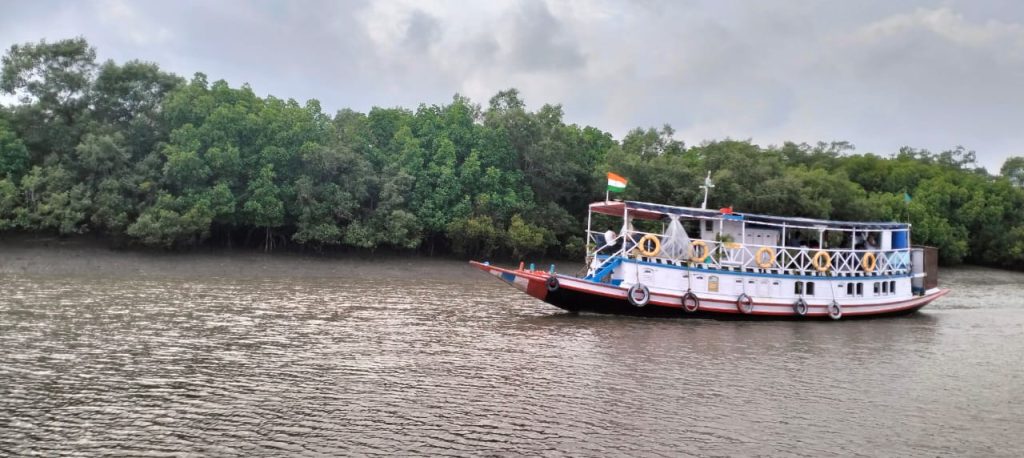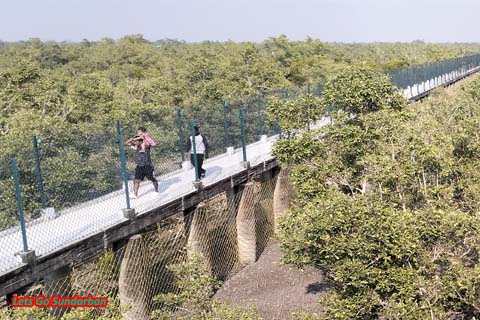Sacred rivers provide the backdrop for the Sundarban Delta. The confluence of the rivers Ganges, Brahmaputra, and Meghna is marked here, forming a dense network of intersecting waterbodies all across the landscape. These rivers come with a regular influx of rich sediment, which is a great source of matter for mangroves since they support a lot of fauna and flora.
The Panchamukhi Rivers of the Sundarban mangrove forest, along with the Ganges River, are the main river distributaries that run across the area. It starts flowing in the southeast, and over a distance of 120 km, it meets the Meghna River near the Bay of Bengal. The Five River Confluence in the Sundarbans is a tourist attraction where the Ganges, Meghna, Brahmaputra, Bidya, and Matla rivers meet.







